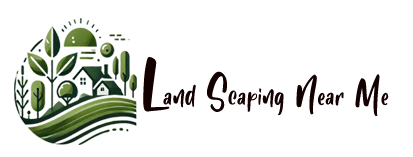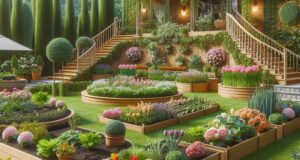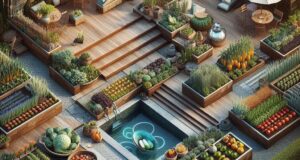A well-planned garden is like a canvas of nature, painting your surroundings with either vibrant blooms or lush greenery filled with fresh produce. Whether you dream of aesthetic flower beds or a practical vegetable garden, the right layout makes all the difference. Before deciding, it’s wise to consult organic lawn care near me services to ensure your soil is fertile and ready for planting. Let’s explore the key differences between flower and vegetable gardens so you can create the perfect outdoor retreat.
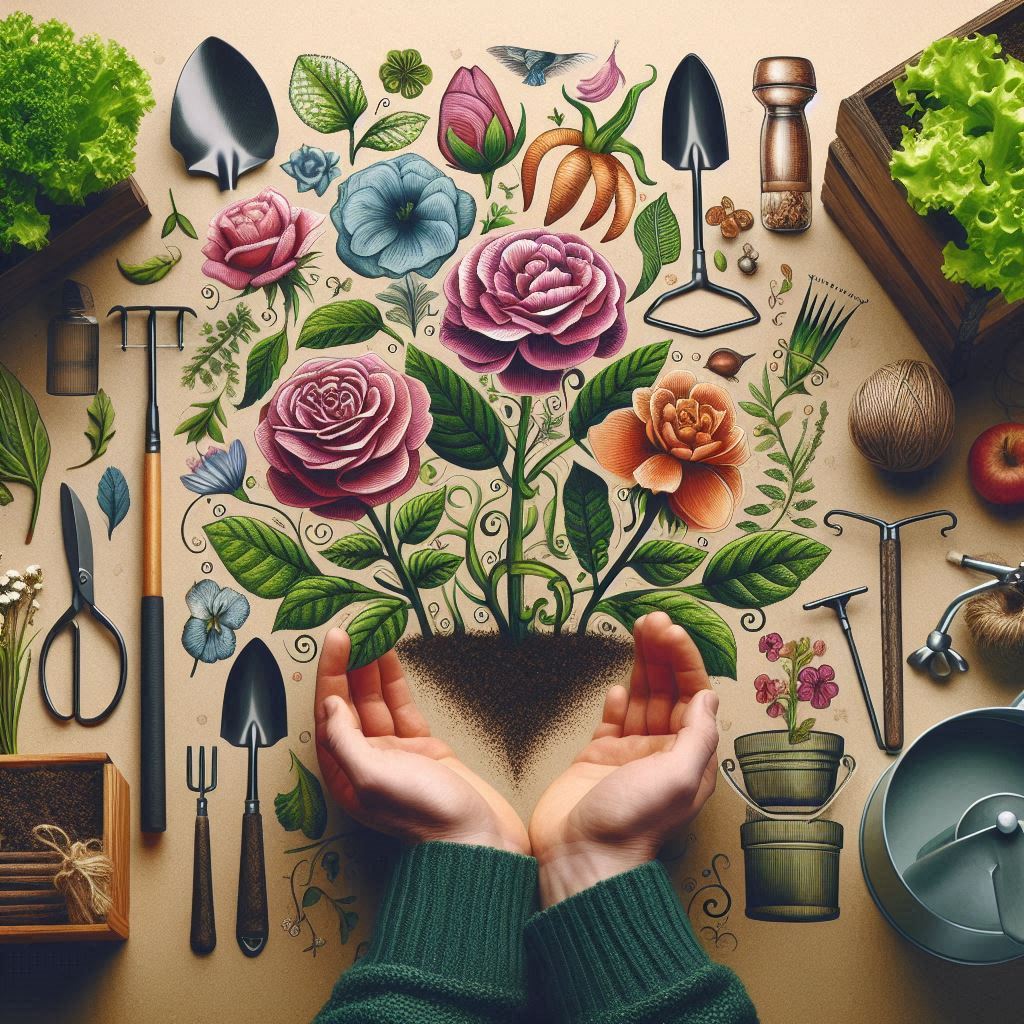
1. Space and Growth: Compact Flowers vs. Expanding Vegetables
Space is one of the most crucial factors when planning a garden. Flowers and vegetables have different growth patterns, so their layouts must be adapted accordingly.
Vegetable Garden Needs:
- Requires larger space for roots to spread and for plants to grow.
- Often designed with structured rows, raised beds, or vertical support systems.
- Plants like tomatoes, cucumbers, and beans thrive with trellises or stakes.
Flower Garden Needs:
- Can flourish in small, compact spaces.
- Typically arranged for aesthetic appeal rather than space efficiency.
- Works well with flower beds, decorative clusters, or container gardens.
If you’re working with limited space, a flower garden is easier to maintain. However, if you dream of growing your own food, a vegetable garden will need more room for expansion.
2. Sunlight Exposure: Direct Sun vs. Shade Tolerance
Both flowers and vegetables need sunlight, but their requirements differ.
Vegetable Garden Sunlight:
- Needs at least 6 hours of direct sunlight daily.
- Sun-loving vegetables like tomatoes, bell peppers, and lettuce grow best in well-lit spaces.
- A professional organic lawn care near me service can help enhance soil fertility, ensuring maximum sunlight absorption.
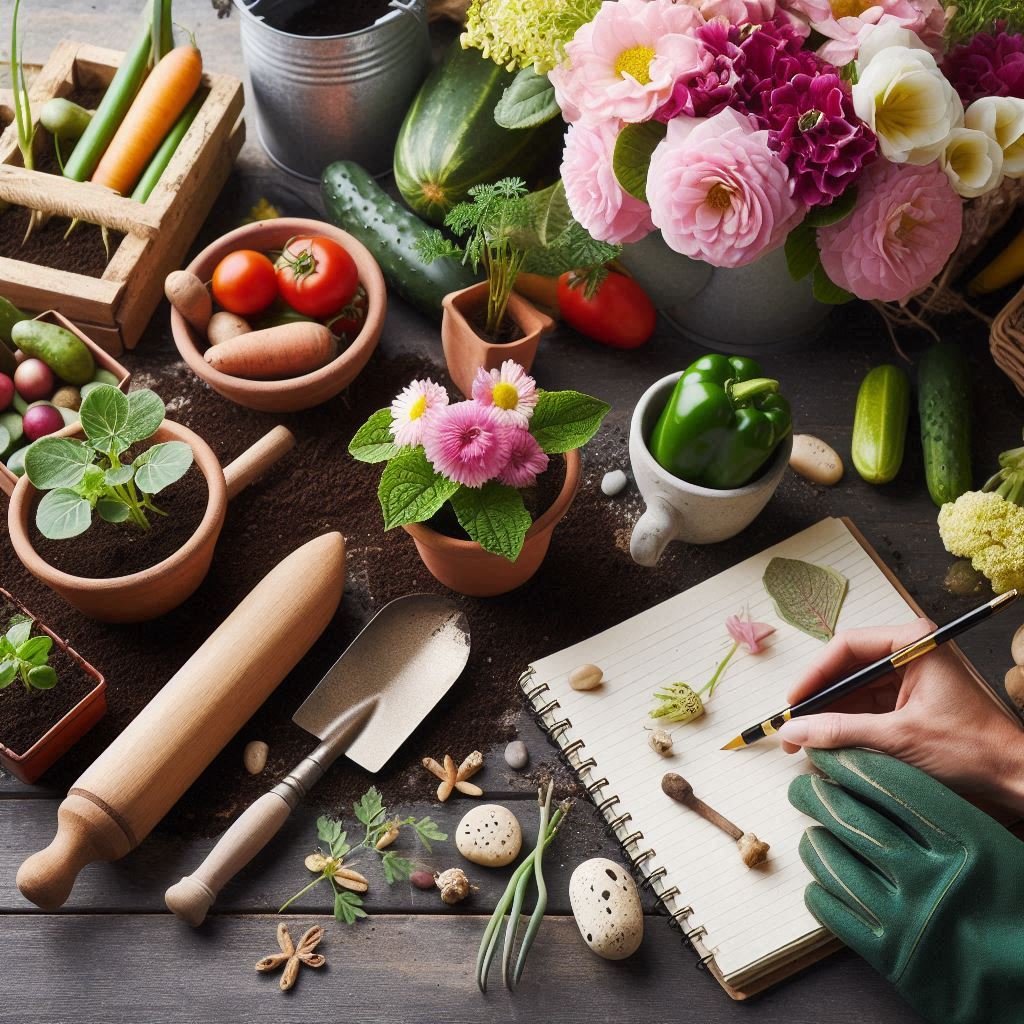
Flower Garden Sunlight:
- More adaptable, with some species thriving in shade.
- Sun-loving flowers like roses and sunflowers need full sun, while ferns and impatiens prefer partial shade.
- If your garden has limited sunlight, shade-tolerant flowers may be the best option.
If you have a sun-drenched yard, vegetables will thrive, but for partially shaded areas, flowers offer greater flexibility.
3. Setup and Structural Requirements: Natural Elegance vs. Planned Support
Setting up a vegetable garden often requires more structure and planning than a flower garden.
Vegetable Garden Setup:
- Needs support structures like trellises, stakes, and cages for climbing plants.
- Requires strategic irrigation systems to maintain proper hydration.
- Soil health is vital—consider using organic lawn care near me services to enhance soil quality and reduce the need for chemical fertilizers.
Flower Garden Setup:
- Typically lower maintenance, requiring only good soil and proper placement.
- Can be enhanced with decorative pathways, stones, or garden borders.
- Usually doesn’t need support structures, making it easier to establish.
If you’re looking for an easy-to-maintain, visually appealing setup, a flower garden is ideal. However, if you’re committed to growing fresh vegetables, be prepared for a more structured layout.
4. Ground vs. Pot Gardening: Flexibility in Planting Methods
One of the biggest differences between flower and vegetable gardening is how they are planted.
Flower Gardens in Pots:
- Many flowers thrive in containers, making them portable and easy to manage.
- Potted plants allow for better design flexibility and seasonal replanting.
- Works well for balconies, patios, and small outdoor spaces.
Vegetables in Ground Beds:
- Most vegetables require deep soil for root expansion and nutrient absorption.
- Limited options for container gardening, with exceptions like cherry tomatoes or herbs.
- Needs nutrient-rich soil, which can be improved with organic lawn care near me services.
If you want a flexible, mobile garden, flowers in pots are a great option. However, if you’re focused on homegrown vegetables, a ground-based setup is essential.
Which Garden Suits You Best?
Both flower and vegetable gardens offer unique benefits. The right choice depends on your space, sunlight availability, effort level, and gardening goals.
- For effortless beauty and minimal maintenance, choose a flower garden.
- For fresh, organic produce and a rewarding experience, opt for a vegetable garden.
- If you need guidance, consult with organic lawn care near me experts for soil enrichment and garden planning.
With the right approach, you can create a thriving, eco-friendly garden that brings joy—whether it’s blooming with colorful flowers or overflowing with fresh vegetables.
